Anomaly: Korea Review
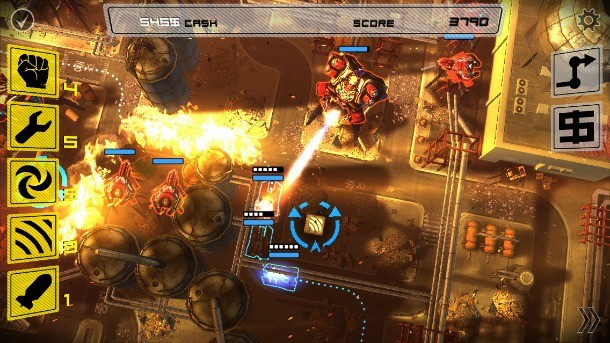
This follow-up to 11bit’s exceptional debut, Anomaly: Warzone Earth, is more of a level pack for the existing tower offense game than a full-on sequel. It shares nearly all of the original’s strengths and weaknesses, adds a balanced suite of its own ups and downs, and comes out basically identical in the final tally. Fortunately for Anomaly: Korea, the scorecard was weighted heavily toward the positive side to begin with.
A handful of armored vehicles make up your entire fighting force in Anomaly. Customizing your loadout to deal with the dastardly deathtraps of automated alien defenses in your way is crucial, as is determining the direction your column moves at each intersection in bombed-out Seoul. Both of those can be adjusted on the fly as your force slowly rumbles ahead and fires on anything in range. Finally, tapping on power-ups dropped by friendly planes lets you deploy their potent effects on the battlefield. Covering your advance with smoke, activating repair fields, calling airstrikes, boosting your units’ attacks, and setting out decoys are all necessary to accomplishing your objectives.
Most of the blueprint is unchanged from Anomaly: Warzone Earth, but a new power, tower, and tank shuffle the deck for this follow-up, as does the one-off twists in several levels. Not everything measures up to the high bar set by the original, but I’d play through Anomaly: Korea again if I had to choose between the two, all things considered.
The unusual level objectives, constraints, and abilities are fantastic. Choosing two out of six possible super-airstrikes, luring enemy artillery fire onto their own towers, and clearing sectors within tight time limits are all excellent ways to shake up the formula and encourage players to experiment with different units, powers, and strategies. Anomaly: Korea’s creative levels do wonders to mitigate the original game’s tendency to reward an optimal one-size-fits-all approach to all situations.
The new tank and tower don’t swing the needle in any particular direction. The Horangi tank adds a welcome active ability, as firing its special power in the right circumstances is both satisfying and key to getting your money’s worth out of the expensive new unit. The flamer towers, on the other hand, are hard-countered by either the boost (to kill them before entering their short firing range) or repair (to put out the fires they cause) powers and little else, and so they don’t add much tactical depth.
Anomaly: Korea’s only real problem is the wide difficulty swings that plague the campaign, but it can be an awfully frustrating one. Though anyone with a pulse can sleepwalk through the too-long tutorial missions, the bulk of the game is a pleasure to stomp on (on normal) or fight through (on hard mode), and the final two levels are desk-smashing exercises in masochism. The last pair of scenarios abandon the design that works so well throughout the game, too often forcing a single course change or power deployment that wrecks your entire strategy if missed – sending you back to a checkpoint set way too far back for comfort. Most of Anomaly: Korea makes me feel smart for finding ways to leverage my units and powers into a solution that works well for the obstacle in front of me. The last hour or so feels like the level designers taunting me with a grueling slog of “gotcha!” moments that has a tenuous-at-best relationship to the tactical thinking at the core of the series.
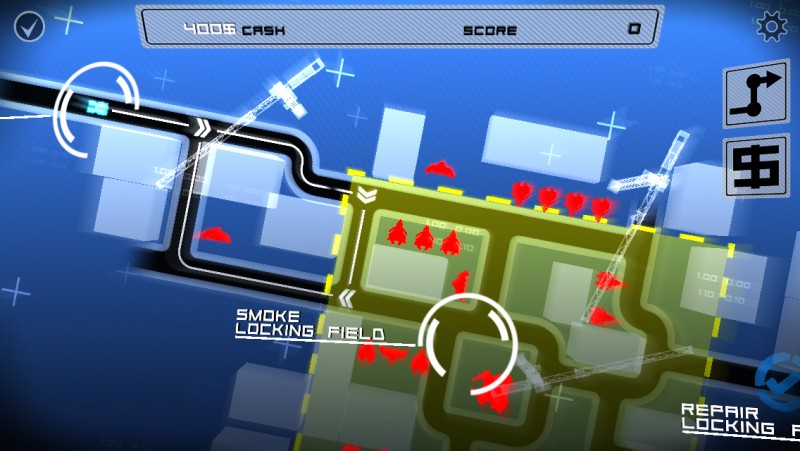
I do recommend playing on a tablet rather than a phone if you have the option. Though this runs fine on any high-end handset even with its fancy top-tier visuals, keeping tabs on the action and deploying powers optimally gets easier the more screen real estate you have.
Despite how annoyed I am at the final levels, I’m still glad to have spent the time with Anomaly: Korea. Smashing alien towers is an explosive spectacle impossible not to enjoy, triumphing against stacked odds thanks to your own personal tactical creativity is a pleasure, and the terrible story is easy to skip past. Most of all, I’m happy to have an accessible-but-interesting strategy game with console-level production values to recommend to iOS and Android gamers without caveats or excuses for the platforms it appears on. This is yet another nail in the coffin to the outmoded way of thinking of those platforms as unfit for “real” gaming.
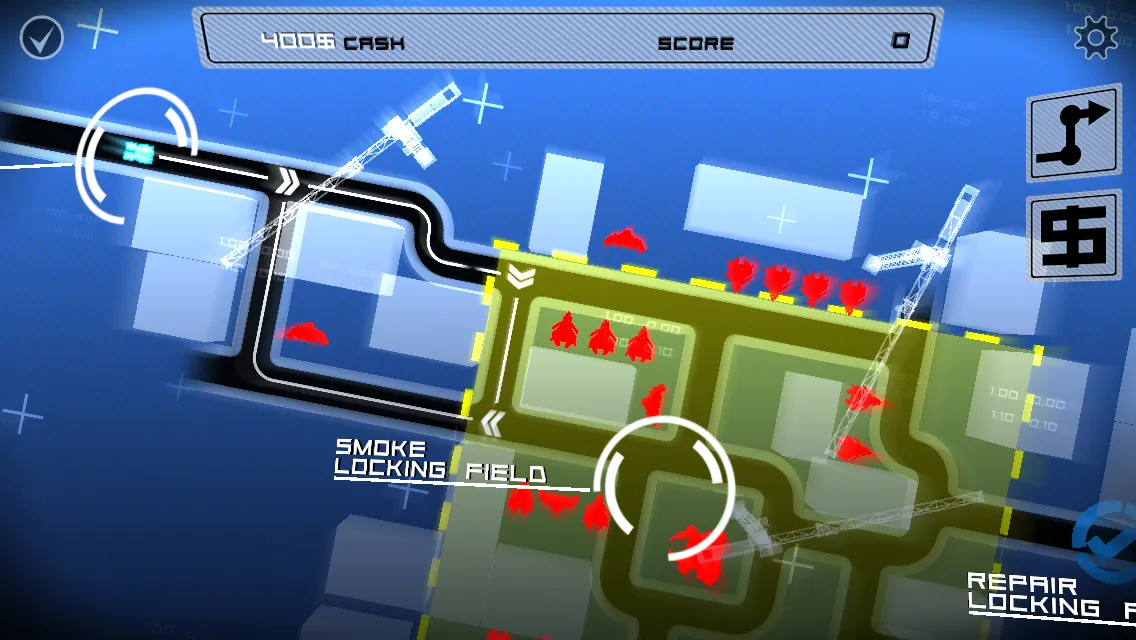
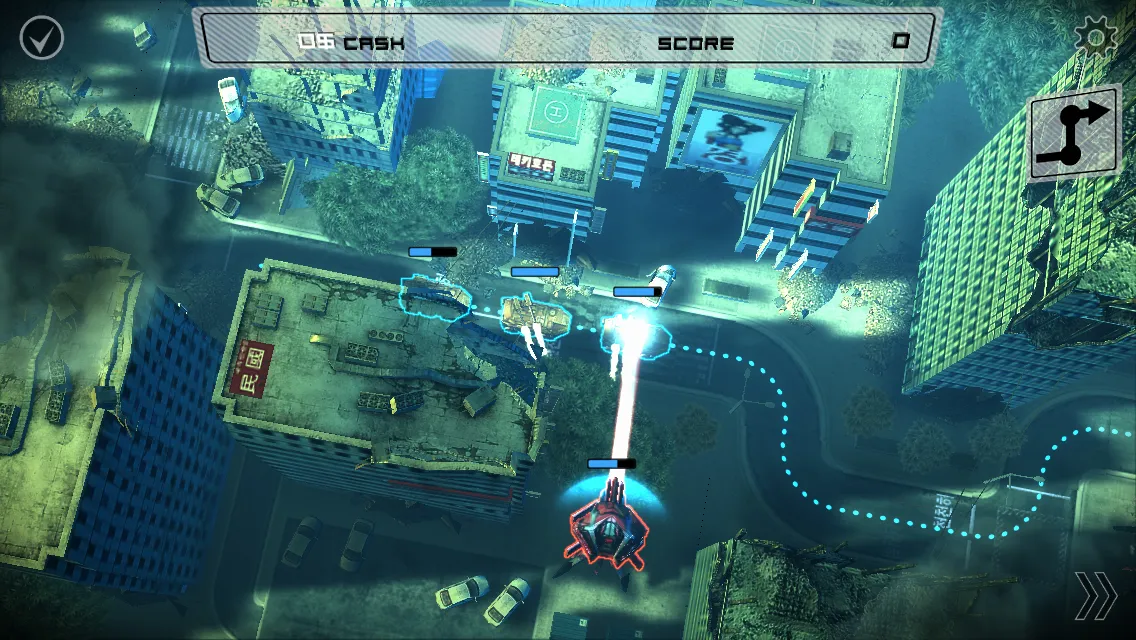
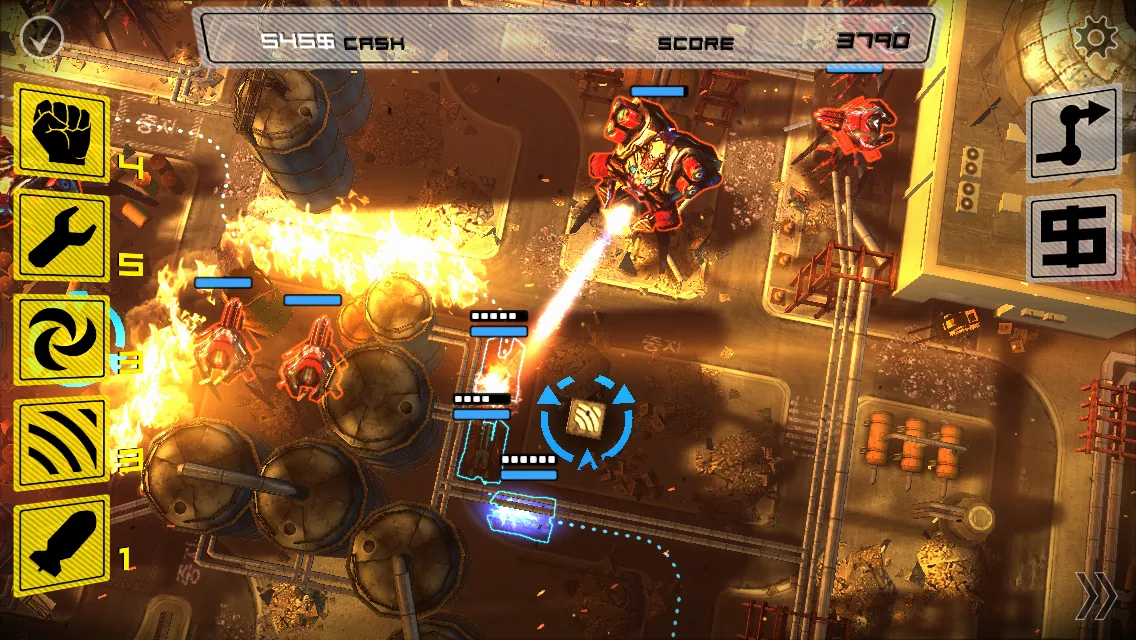
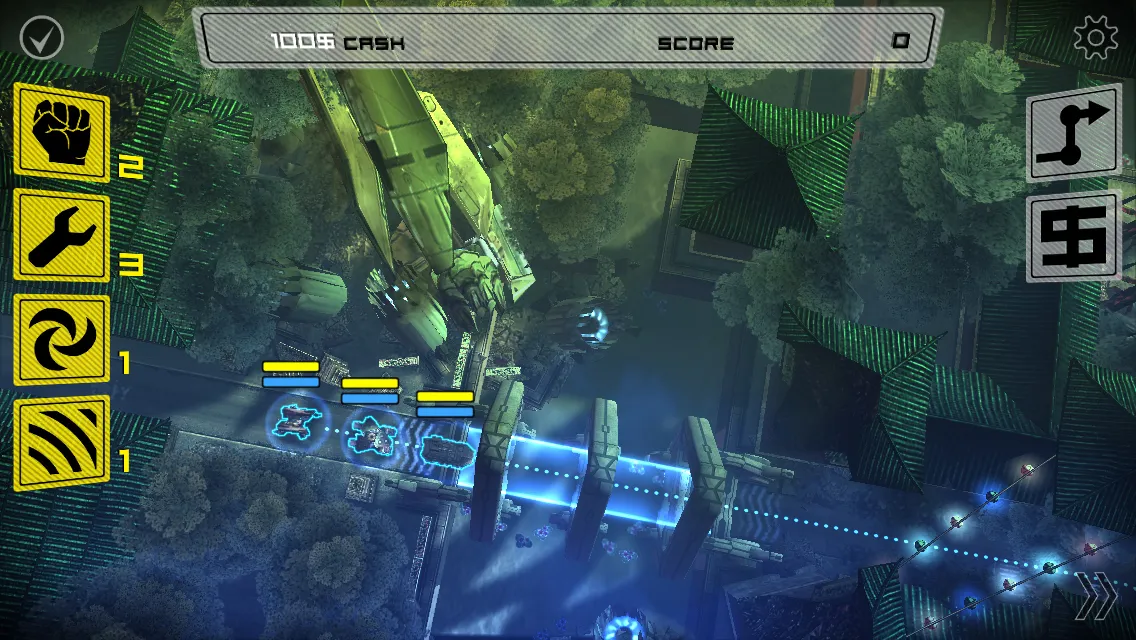
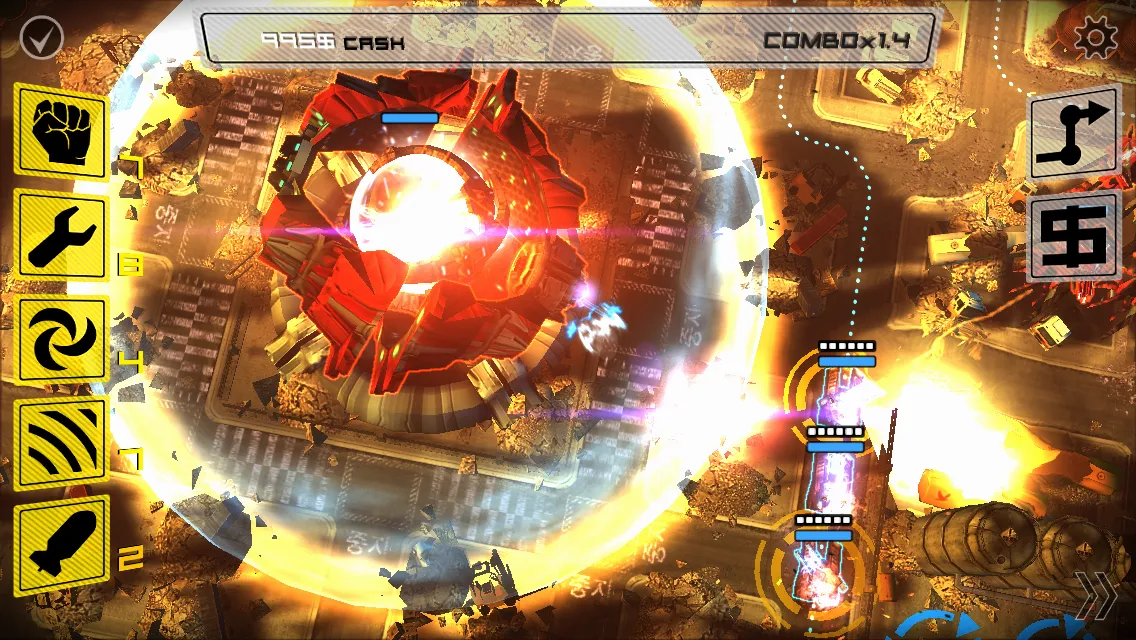

Get the Game Informer Print Edition!
Explore your favorite games in premium print format, delivered to your door.
- 10 issues per year
- Only $4.80 per issue
- Full digital magazine archive access
- Since 1991










